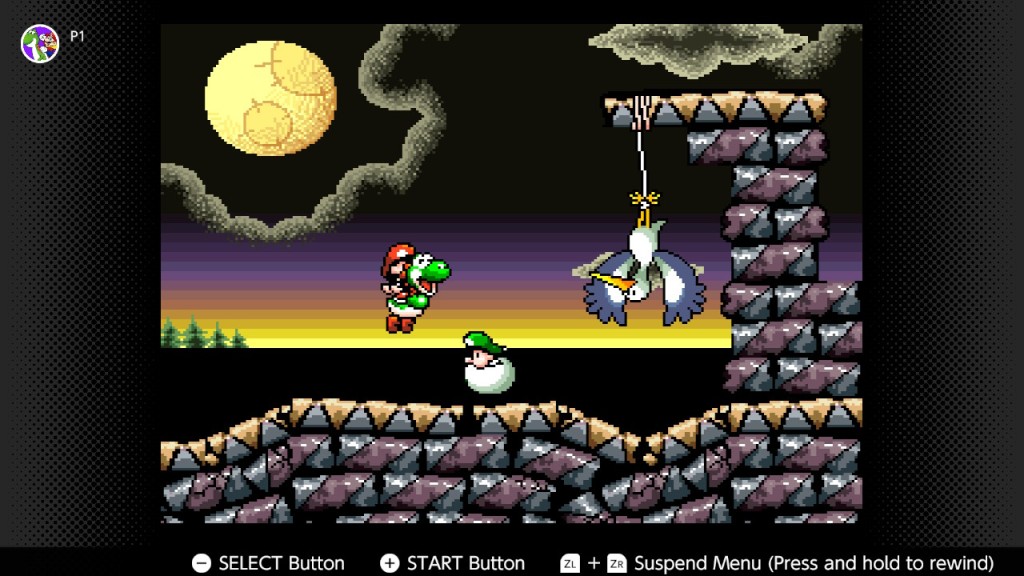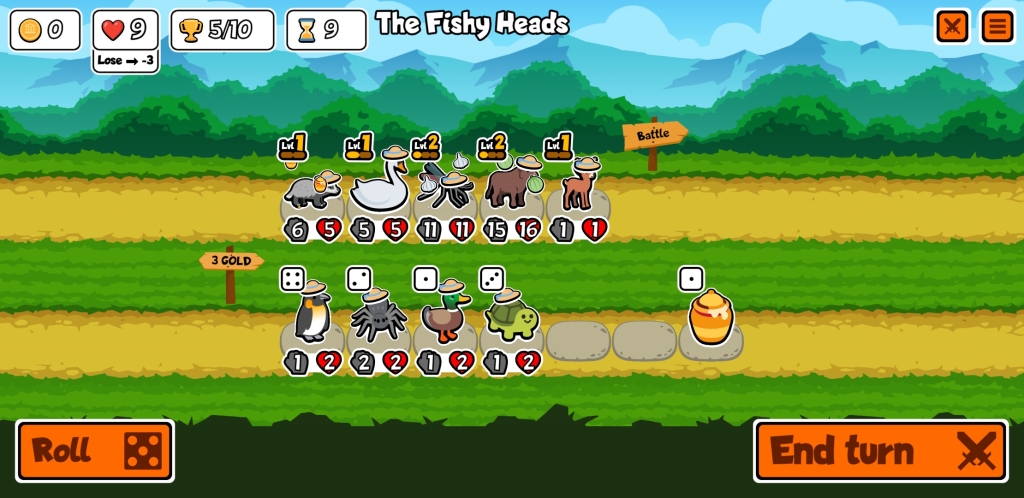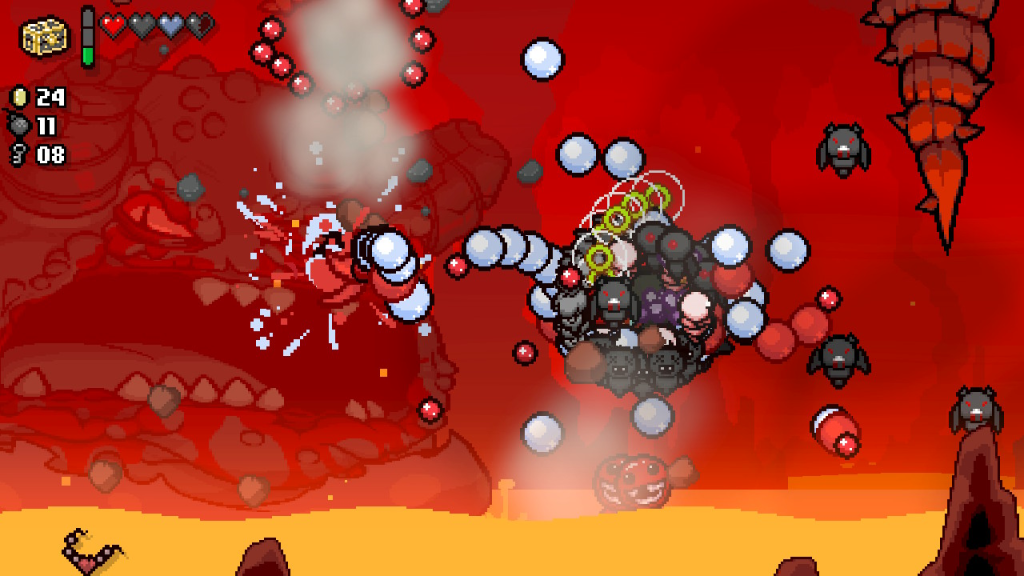Music has to be the most universal thing in the world. While people have different tastes in music, I don’t think there is a single person that doesn’t like any music. Music and video games have gone hand in hand since the very beginning and people were aware that video game music could be something great ever since Koji Kondo composed the music for Super Mario Bros and The Legend of Zelda. After recently playing Bastion and falling in love with the soundtrack, I got to thinking which video games actually had my favorite music in them.
A few quick things before getting to the list though. First, I am only considering original soundtracks specifically composed for games. So games like Tony Hawk Pro Skater or Guitar Hero will not be considered since the music remembered from those series were curated, but not made for the game. Secondly, I’ve never been a huge fan of orchestral music in games. I like the grandiose feeling they tend to bring, but orchestral music is something I have to focus on to truly appreciate and there’s too much taking away my focus while I’m playing a game. And lastly, there are some games known for their soundtracks that I just haven’t played yet–games like Jet Set Radio or Katamari Damacy are both series with beloved soundtracks that will not appear on this list. With all that out of the way, let’s drum up the band.
5) Pokémon (Generations 1 & 2)
I’ll admit, this entry is here largely due to nostalgia. I played so much Pokémon Red and Pokémon Gold as a kid that they are permanently ingrained in my DNA. Hearing these soundtracks transport my back to summer breaks playing Pokémon with friends in a treehouse. But apart from the nostalgia factor, I do think generations one and two of Pokémon have incredible music. They have those old school 8-bit boops I love and I’ve always been impressed with the range of emotions the tracks encompass while working within the Game Boy’s limitations. The battle themes are hectic and tense, Lavender Town’s theme is notoriously eerie, Goldenrod City’s music is upbeat and cheery, and the short walk down the hall to the champion is foreboding but triumphant. While each of the generations have received remakes for future consoles with more varied instrumentation, I still prefer the originals for their pure simplicity. The music in the Game Boy Pokémon games is so good, that composer Junichi Masada would go on to direct future games in the series.

4) Undertale
It’s crazy to me that Undertale is nearly a decade old at this point. What’s crazier is that I never actually played the game until this year. I watched playthroughs of the game when it first came out and it looked alright, but it’s definitely a game that should be gone into blind. After watching the game played, I didn’t feel a need to try it out for myself. The music, however, has stuck with me ever since the first time I saw it. Created solely by Toby Fox, the soundtrack is filled with memorable tracks ranging from the goofy battles with Papyrus and the dog knights, atmospheric town themes, and the climactic battle theme Megalovania, which is honestly one of the best pieces of video game music ever. Toby Fox gained instant critical acclaim when Undertale released and a lot of the highest praise was showered upon the soundtrack. It’s no wonder then that Toby Fox has gone on to compose musical tracks for games like Pokémon Sword & Shield and Super Smash Bros Ultimate.

3) Cuphead
While I never feel like I fully appreciate orchestral music in video games, big band jazz is a different story. With Cuphead being a game that strives to look like a 30’s rubber hose cartoon, they needed a soundtrack that felt as authentic. Composer Kristofer Maddigan got a band of brass horns, woodwind instruments, piano, drums, and upright bass to lay down some killer tracks for the game. From kinetic and fast-paced battle themes and boppy overworld tracks to the King Dice theme with Louis Armstrong styled vocals, it’s all a great listen and truly heightens the feeling that you are controlling an old Fleischer cartoon. Cleverly, tracks for bosses were all recorded with different instrument solos that will change as you die over and over again to the bosses, adding just a little bit of variety to prevent the music from going stale.
2) Mother 3
The Mother series (Earthbound in the west) is synonymous with excellent music. While the soundtrack of Earthbound has its bops, there are too many tracks that are just strange soundscapes for me to put on this list. Especially since its sequel, Mother 3’s soundtrack blows it out of the water for me. Composed by Shogo Sakai, the tracks don’t avoid the strange and otherworldliness that the previous game delved into, but it has more recognizable and catchy melodies. While the Game Boy Advance’s sound chip is similar to the SNES’s, Mother 3’s soundtrack is so much more crisp and clean than its predecessor. I’m always amazed how much the acoustic guitars sound like guitars, how the bongos sound like bongos. It’s one of the most varied and clean soundtracks, not only on the system, but of all time.

1) Persona 5
Persona 5 has my favorite video game soundtrack of all time–there’s no contest. As Joker and his friend dive into people’s subconscious and steal their hearts, they are accompanied but banger after banger. Composer Shoji Meguro masterfully blends jazz, techno, disco, and heavy metal into a soundtrack that is robust, varied, and extremely catchy. Every palace theme gets better and better from “Sweatshop” to “Whims of Fate” to “Arc.” Each location you visit outside of the dungeons have unique themes that worm their way into your head and the battle track “Last Surprise” never gets old after hundreds of battles. The vocal work by Lyn Inaizami is absolutely stellar, heightening any track she appears on. There are tracks that are less memorable than others, sure, but I wouldn’t say there is a bad song in the entire game. And for a game that takes over 100 hours to beat, that is just incredible.
































